45 respiratory system with labels and functions
Respiratory System Parts and Functions for Kids - HowForKids Respiratory System: Lungs Function The lungs take up much of the space inside our chest (thorax). They are protected by the rib cage. This "cage" is formed by the ribs, and it surrounds the lungs to keep them safe. Below the lungs there's the diaphragm. It is a muscle that alternately rises and drops during the breathing process. Anatomy and Physiology of the Respiratory System Notes NOTES NOTES ANATOMY & PHYSIOLOGY RESPIRATORY SYSTEM osms.it/respiratory-anatomy-physiology RESPIRATORY SYSTEM Upper respiratory tract Nose, pharynx, associated structures Lower respiratory tract Larynx, trachea, bronchi, lungs Respiratory system function Gas exchange between blood, atmosphere Protection against harmful particles, substances pH homeostasis Vocalization Conducting vs ...
22.1 Organs and Structures of the Respiratory System The gas exchange occurs in the respiratory zone. Conducting Zone The major functions of the conducting zone are to provide a route for incoming and outgoing air, remove debris and pathogens from the incoming air, and warm and humidify the incoming air. Several structures within the conducting zone perform other functions as well.

Respiratory system with labels and functions
medcell.med.yale.edu › histology › immune_system_labHistology - Yale University The immune system is important for the elimination of harmful foreign pathogens, which it achieves via its ability to distinguish self from non-self. A broad spectrum of pathology may result when the system is not functioning properly; some of the examples include immunodeficiency, autoimmunity, and hypersensitivity. Respiratory System - Medical Terminology for Healthcare Professions The cilia of the respiratory epithelium help to remove mucus and debris with a constant beating motion, sweeping materials towards the throat to be swallowed. This moist epithelium functions to warm and humidify incoming air. Capillaries located just beneath the nasal epithelium warm the air by convection. Respiratory System: Parts, Function, and Diseases - WebMD The respiratory system is the organs and other parts of your body involved in breathing, when you exchange oxygen and carbon dioxide. Parts of the Respiratory System Your respiratory system...
Respiratory system with labels and functions. BYJUS BYJUS Respiratory System For Kids: Diagram, Parts, Functions, And Facts Commonly referred to as throat, the pharynxis part of both the respiratory and the digestive system of our body. One of the main functions of the pharynx is to warm and humidify the air before it reaches the lungs. Larynx: Also called the voice box,thelarynx connects the pharynx and the trachea, and also conducts air. The 12 parts of the respiratory system (characteristics and functions) Its main function is to bring air into the lungs when we inhale and expel it when we exhale. And since there are two lungs, the trachea, in its lowest region, bifurcates in two, giving rise to two tubes and each of them enters one of the lungs. 6. Lungs The lungs are the center of the respiratory system. quizlet.com › 620847462 › autonomic-system-flash-cardsAutonomic system Flashcards | Quizlet Primitive functions, such as blood pressure, heart rate, body temperature, metabolism, and respiratory airflow, are regulated by visceral reflexes. The autonomic nervous system quietly manages a myriad of unconscious processes responsible for the body's homeostasis.
Respiratory System - Definition, Function and Parts - Biology Dictionary Respiratory System Function Primary Function The primary function of the respiratory system is gas exchange. Animal cells use oxygen and produce carbon dioxide as a byproduct. Not only do animals need a way to get more oxygen into the cells, but they also need a way to remove carbon dioxide. The respiratory system provides this functionality. Respiratory System Organs and Their Functions - New Health Advisor Respiratory System Organs and Their Functions The respiratory system plays a vital role in the body, by providing your cells with much needed oxygen, as well as excreting carbon dioxide, which can be deadly if allowed to accumulate. Major parts of the system include the airways, the lungs, and the muscles of respiration. Upper Respiratory System | Respiratory Anatomy - Visible Body The nose detects odor molecules and helps filter and warm the air we inhale. The upper respiratory system, or upper respiratory tract, consists of the nose and nasal cavity, the pharynx, and the larynx. These structures allow us to breathe and speak. They warm and clean the air we inhale: mucous membranes lining upper respiratory structures ... planeta42.com › biology › organsystemOrgan Systems Puzzle | Biology Learning Game - Planeta 42 Circulatory System also called the cardiovascular system is the body system that moves blood around the body. It consists of the heart and blood vessels, blood, lymph, and the lymphatic vessels. Respiratory System is a series of organs responsible for taking in oxygen and expelling carbon dioxide. The primary organs of the respiratory system ...
Human Respiratory System - Diagram - How It Works | Live Science The diaphragm is a dome-shaped muscle below the lungs that controls breathing. The diaphragm flattens out and pulls forward, drawing air into the lungs for inhalation. During exhalation the ... Anatomy of the Respiratory System - Health Encyclopedia - University of ... The act of breathing in oxygen. Exhaling. The act of breathing out carbon dioxide. Respiratory system The respiratory system is made up of the organs included in the exchange of oxygen and carbon dioxide. These are the parts: Nose Mouth Throat (pharynx) Voice box (larynx) Windpipe (trachea) Large airways (bronchi) Small airways (bronchioles) Lungs › skindeep › ingredientsEWG Skin Deep® | What is LIMONENE Limonene is a scent ingredient and solvent naturally ocurring in the rind of citrus fruit. Upon storage and exposure to sunlight and air, limonene degrades to various oxidation products which act as skin and respiratory irritants and sensitizers. Respiratory system: Anatomy and functions | Kenhub The main function of the respiratory system is pulmonary ventilation, which is the movement of air between the atmosphere and the lung by inspiration and expiration driven by the respiratory muscles. The respiratory system works as a whole to extract the oxygen from the inhaled air and eliminate the carbon dioxide from the body by exhalation.
› nutritionsource › vitamin-dVitamin D | The Nutrition Source | Harvard T.H. Chan School ... Heart disease. The heart is basically a large muscle, and like skeletal muscle, it has receptors for vitamin D. [39] Immune and inflammatory cells that play a role in cardiovascular disease conditions like atherosclerosis are regulated by vitamin D. [40] The vitamin also helps to keep arteries flexible and relaxed, which in turn helps to control high blood pressure.
› pmc › articlesIs vaping better than smoking for cardiorespiratory and ... Jan 28, 2020 · These labels illustrate the tragic truth that smoking is a major risk factor for the development of cancer, cardiovascular diseases and respiratory disorders. It causes more than 7 million deaths per year globally [ 1 ] and in 2016, 77,900 deaths in the United Kingdom (UK) were directly or indirectly attributable to smoking [ 2 ].
Respiratory system diagram: Function, facts, conditions, and more The respiratory system allows people to breathe. It is made up of several organs and structures that transport air into and out of the lungs, exchanging oxygen with carbon dioxide. While the...
Respiratory System Labeling Interactive Quiz Characteristics of Functions 10p Matching Game. ... This is an online quiz called Respiratory System Labeling Interactive. There is a printable worksheet available for download here so you can take the quiz with pen and paper. ... The States of the Midwest (label all 12 states) 12p Image Quiz.
Respiratory System: Functions, Facts, Organs & Anatomy Your respiratory system is the network of organs and tissues that help you breathe. This system helps your body absorb oxygen from the air so your organs can work. It also cleans waste gases, such as carbon dioxide, from your blood. Common problems include allergies, diseases or infections. Appointments 216.444.6503 Appointments & Locations
Respiratory System • Anatomy, Parts & Functions The nose is the first portion of the respiratory tract and serves as a vent for air exchange. Inhaled air is warmed, moistened, and cleaned so it can travel safely into other parts of the respiratory tract. Glottis - Structure & Function The vocal folds and the space between the folds are referred to as the glottis.
quizlet.com › 134409034 › urinary-system-flash-cardsUrinary System Flashcards | Quizlet Along with the urinary system, the other systems of the body that affect the composition of body fluids are integumentary, respiratory, and digestive Dilation of the afferent arteriole and glomerular capillaries and constriction of the efferent arteriole causes
Organs of the Respiratory System And Their Functioning They carry out the work of supplying the body with oxygen and removing carbon dioxide. 1. The left lung is divided into 2 lobes (superior and inferior) while the right lung into 3 (superior, inferior and middle). 2. Each lung possesses a triangular organ called hilum; blood vessels, nerves, lymphatics and bronchi pass through the hilum. Alveoli
Respiratory System Anatomy, Diagram & Function | Healthline The respiratory system, which includes air passages, pulmonary vessels, the lungs, and breathing muscles, aids the body in the exchange of gases between the air and blood, and between the blood and...
Functions of the Respiratory System The respiratory system is made up of multiple small and large organs, bones, and muscles, which all work together to accomplish each task of the system. Broadly classified into the upper and lower respiratory tracts, here are the functions of the different parts: Upper Respiratory System Function of the Nose
The Respiratory System - Diagram, Structure & Function The function of the human respiratory system is to transport air into the lungs and to facilitate the diffusion of oxygen into the bloodstream. It also receives waste Carbon Dioxide from the blood and exhales it. Here we explain the anatomy of the airways and how oxygen gets into the blood.
Respiratory system | the lung association Respiratory system. This chart of the RESPIRATORY SYSTEM shows how you breathe. Breathing is the process that brings oxygen in the air into your lungs and moves oxygen and through your body. Our lungs remove the oxygen and pass it through our bloodstream, where it's carried off to the tissues and organs that allow us to walk, talk, and move.
respiratory system labeling Diagram | Quizlet mediastinum. space between the lungs that contains the trachea, heart, lymph nodes, aorta, esophagus and bronchi. bronchial tubes. branches of the trachea that are passageways into the lungs. lung. pair of organs into which air travels and oxygen and carbon dioxide are exchanged. terminal bronchiole. very small end of the bronchioles that lead ...
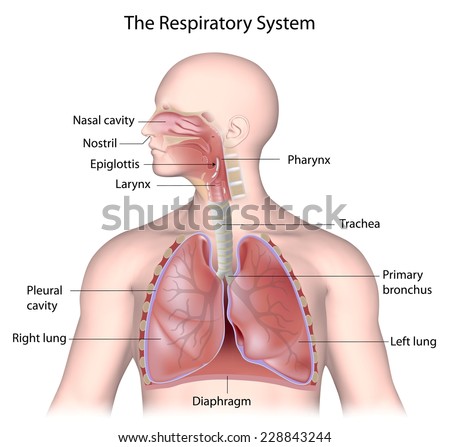

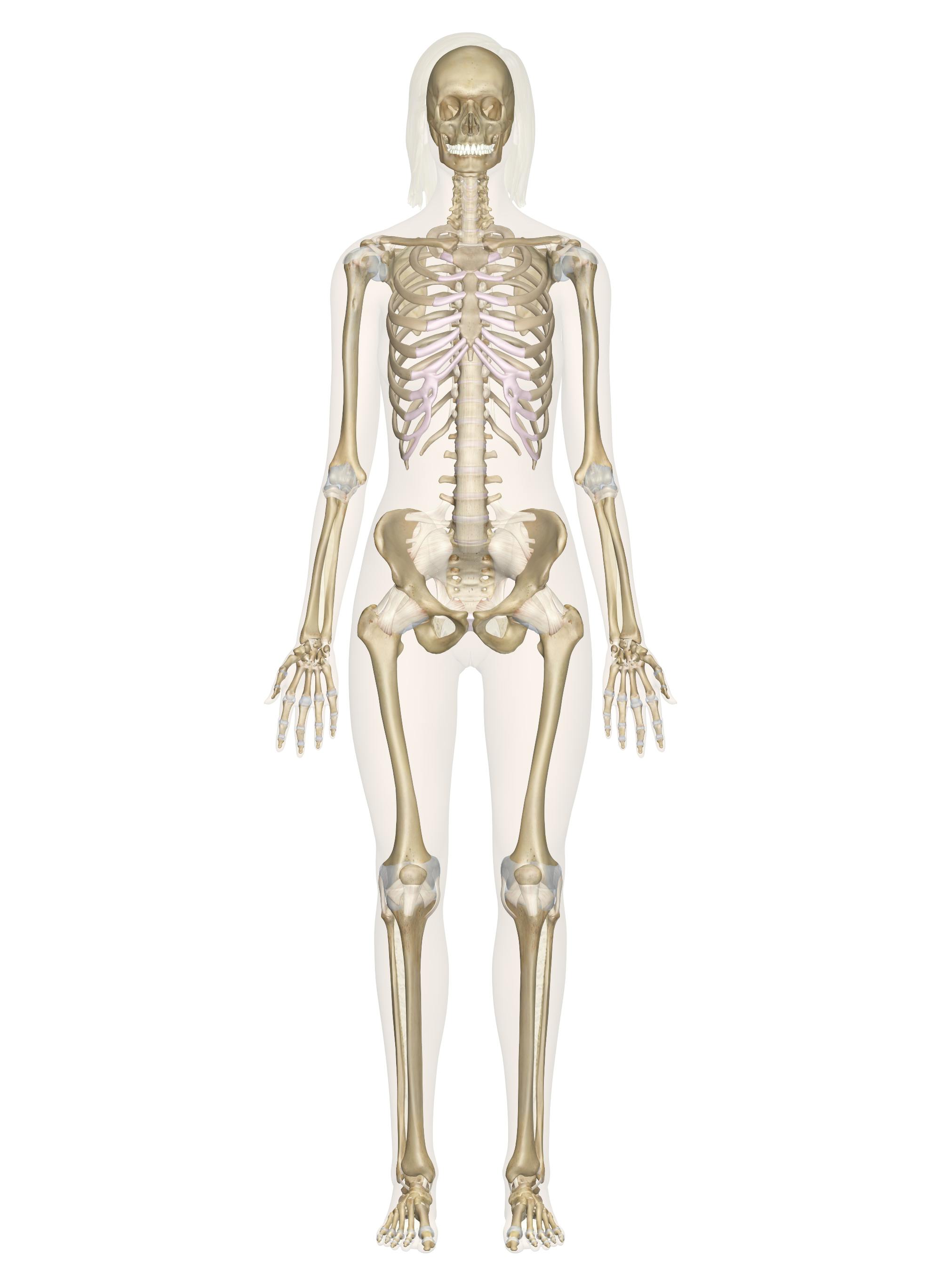
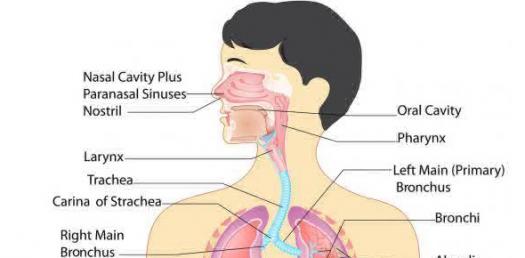
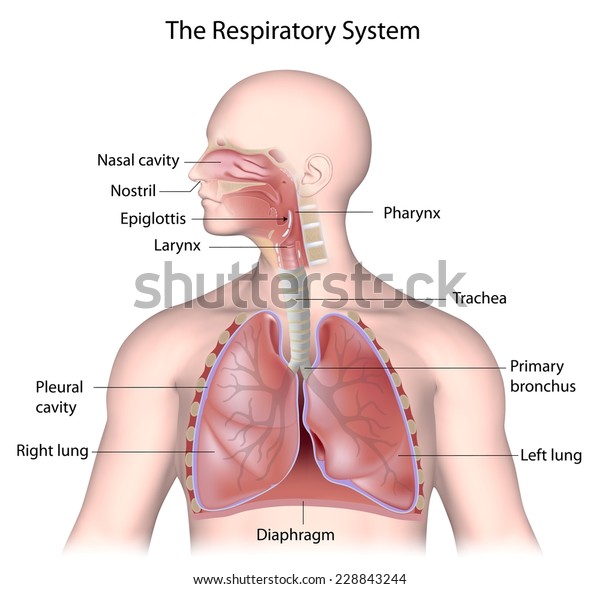
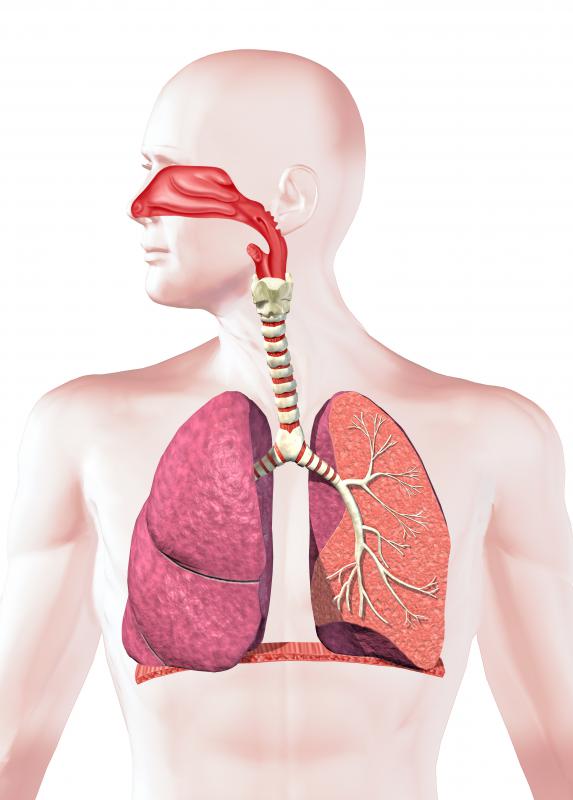
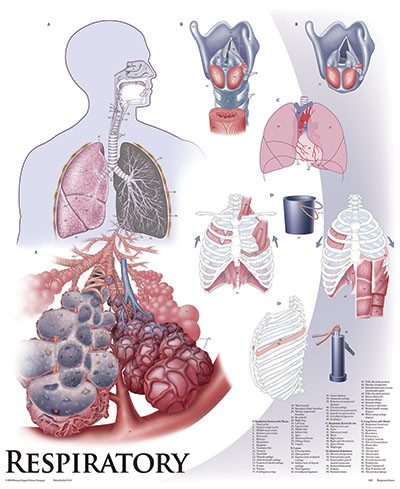

Post a Comment for "45 respiratory system with labels and functions"